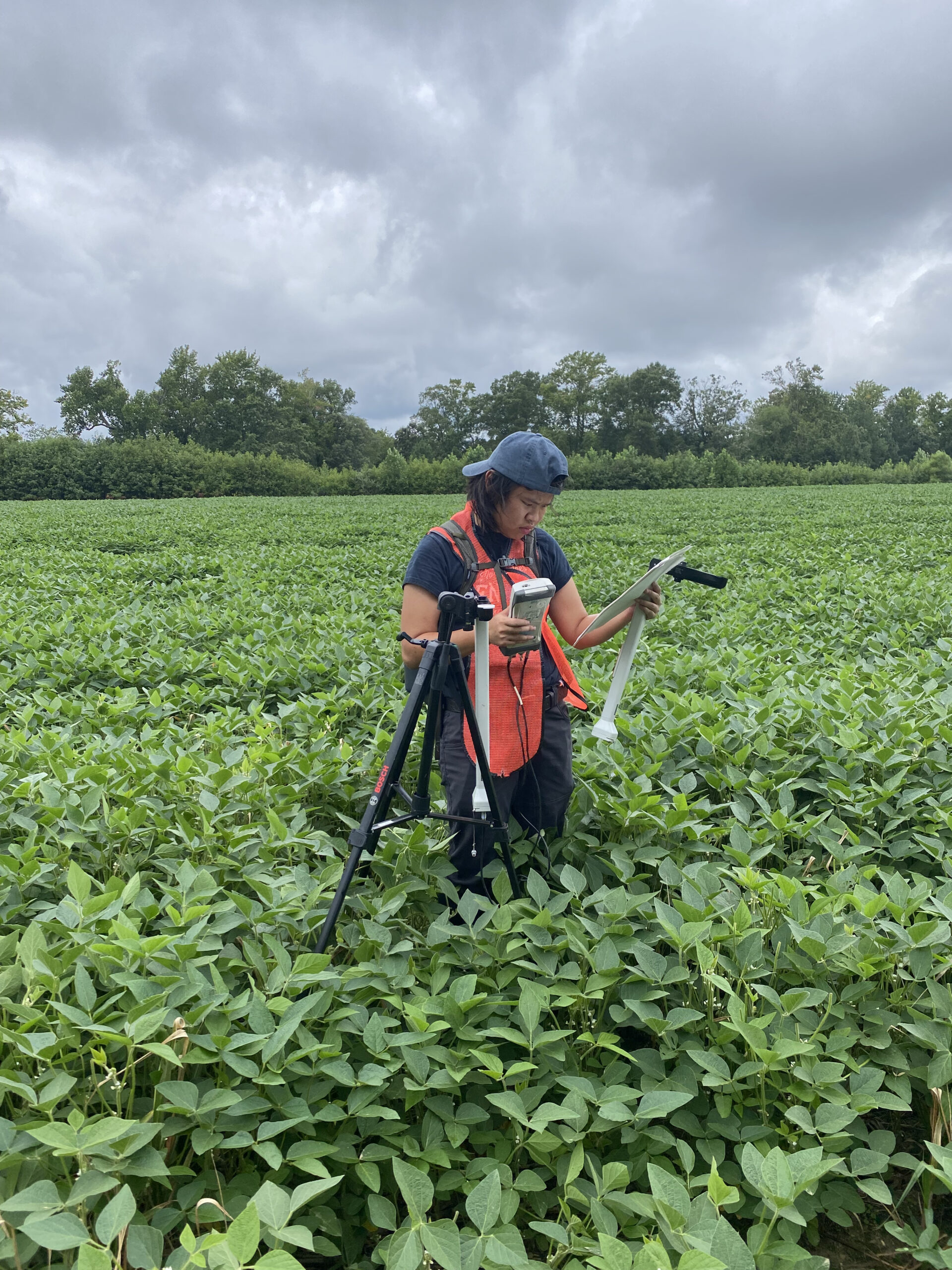
This post is part of the LTER’s Short Stories About Long-Term Research (SSALTER) Blog, a graduate student driven blog about research, life in the field, and more. For more information, including submission guidelines, see lternet.edu/SSALTER
Seeing the Dock, as told by Paul:

Credit: Paul Leoni, CC BY-SA 4.0.
I will always remember the summer of ‘23 as one of salty soil and self-discovery. After changing majors from International Affairs to Environmental Science, I was hired as a full-time intern in the Agroecology Lab at the University of Maryland. I had never been to the Eastern Shore and worried about the outcome of the experience: Would I regret spending the summer away from my home in Northern California? Or would I adapt to the new environment and learn from the migrating marshes and salt-intruded fields? Compounding the growing pains of new employment was a deep personal uncertainty about whether I wanted to become a research scientist.
During my initial summer fieldwork, I felt isolated from the world around me and questioned the practical implications of my contributions. Yet, at the same time, I loved taking pictures of my team and using my digital camera to explore the field from different angles and points of view. In retrospect, I will always remember the LTER as the place where I transformed a personal passion into a professional purpose.
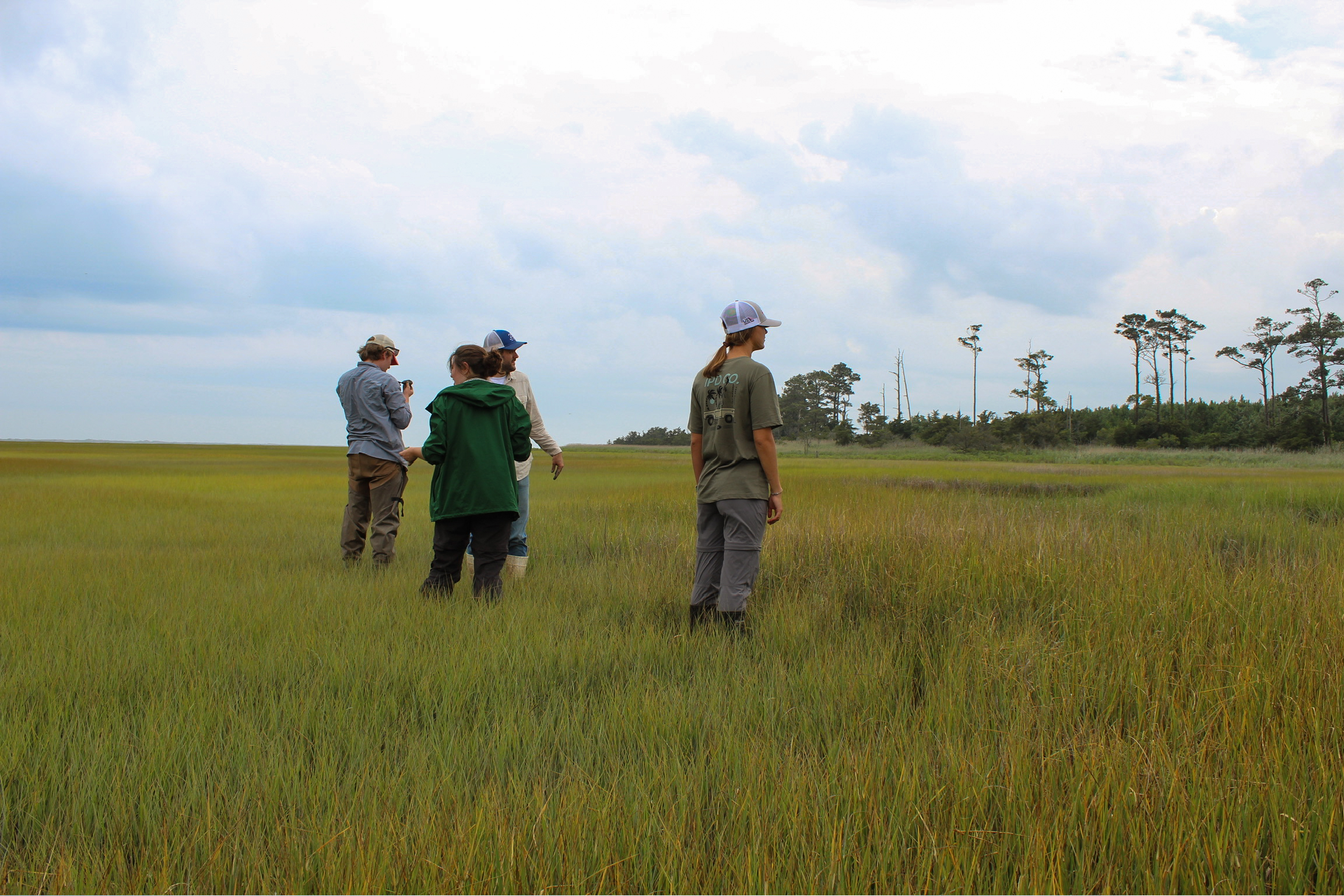
Credit: Paul Leoni, CC BY-SA 4.0.
In late July, I was traveling with a graduate student to develop and test an experiment in The Nature Conservancy’s Brownsville Preserve, part of the Virginia Coast Reserve LTER. While it was physically demanding to sled through the Juncus or sweat my entire body weight under the sun, being in the field was an opportunity to explore the marsh through my unique lens: to capture burrowing fiddler crabs in the peat or resting dragonflies on the Spartina alterniflora. Each day, I couldn’t wait to return to the Coastal Research Center to share my photos with my friends, family, and fellow scientists. My pictures were not only the vignettes of my personal experience, but the conduits through which I shared knowledge on sea level rise and saltwater intrusion. But, I still had my doubts. Was this a passion or professional calling? One night, I felt overwhelmed by these uncertainties and decided to seek refuge on a dock underneath the moon and stars.

Credit: Paul Leoni, CC BY-SA 4.0.
Sitting on the Dock, as told by Jess:
There’s a sense of stillness in the evenings at the Virginia Coast Reserve. When I brought my guitar out on the dock that night, my thoughts wouldn’t stop racing. In my first two months as a research technician, I was exposed to so much information. New protocols. New field sites. New research projects led by new faces. While I was surrounded by an extremely supportive lab group, I still couldn’t help but feel out of place. Did I belong here?
I was deep in my thoughts, half-heartedly strumming when I saw his silhouette. It was Paul, a promising young undergraduate I had only met in passing. He was beaming when he sat down next to me, but I had a sense that he was hiding something behind his characteristic smile.
“Do you know any Taylor Swift songs?”
I had intended to be alone with my thoughts, but something about the way Paul asked made me want to stay.
“Yeah. Do you want to sing with me?”
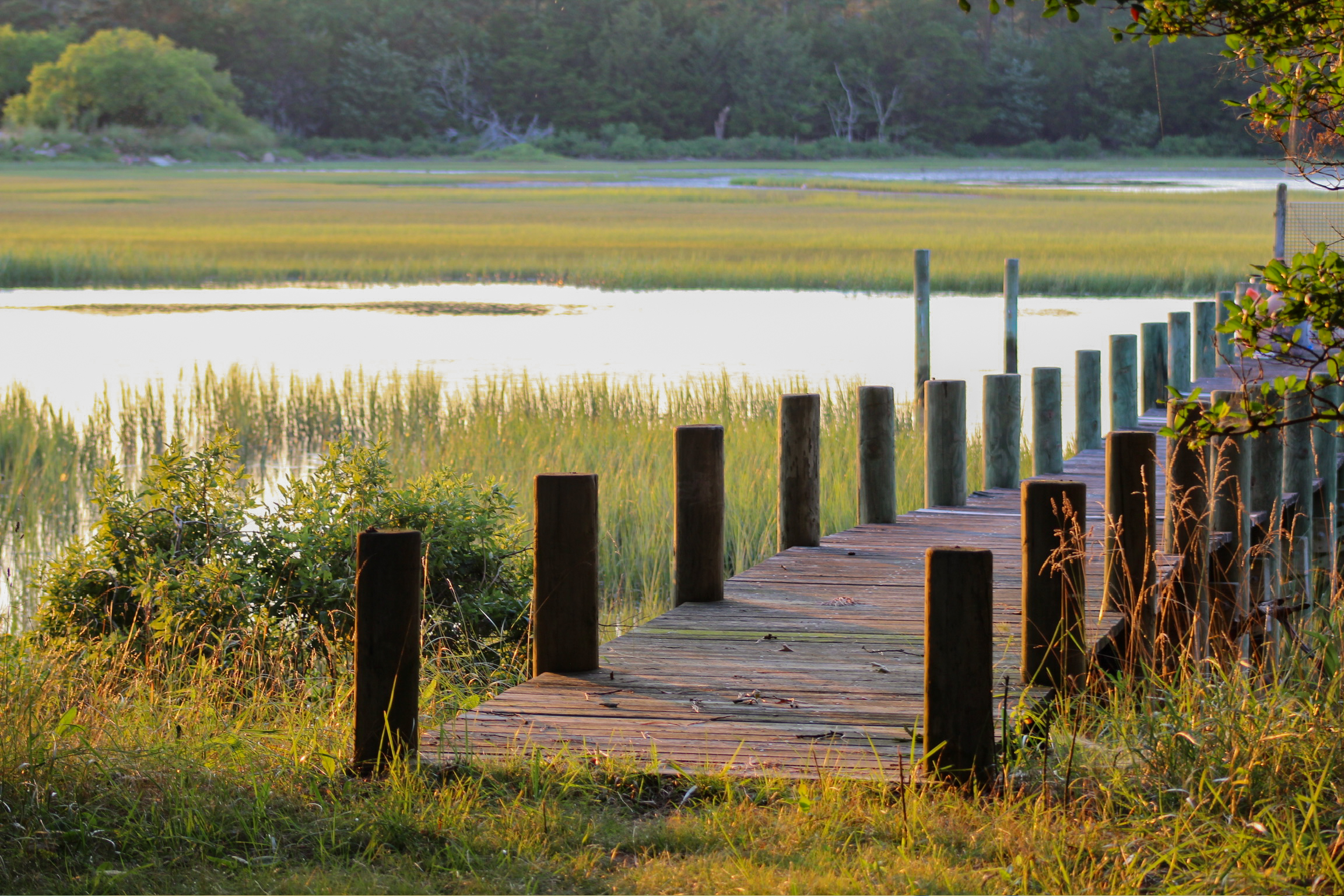
Credit: Paul Leoni, CC BY-SA 4.0.
We exhausted our repertoire of Taylor Swift songs that night. Our voices were cracking from belting out tunes and from laughing at the lyrics we forgot and made up. It didn’t matter. We had found a sense of belonging. We spent the rest of the night talking about our anxieties, staring out at the moonlit water. Paul opened up about the doubts that he held – about finding his place in research. He loved being in the field with the lab. His enthusiasm showed while sharing the pictures he had captured. But it didn’t fit the mold of what he thought science was.
I reflected on my own winding journey that had brought me to the dock that night. I was the only member of my family to graduate from college. My entire undergraduate experience was interrupted by a global pandemic. I had considered dropping out on several occasions. It was the support of my mentors that helped me find my place and push through. The advice that I was given in my most difficult moments bubbled to the surface.
“You have your whole life ahead of you to figure out what you want to do. There’s no pressure to find your ‘true calling’ right now—some people spend their whole lives searching for that. But right now, you have a unique opportunity to explore your options. So take the risk! Try the things that make you happy.”
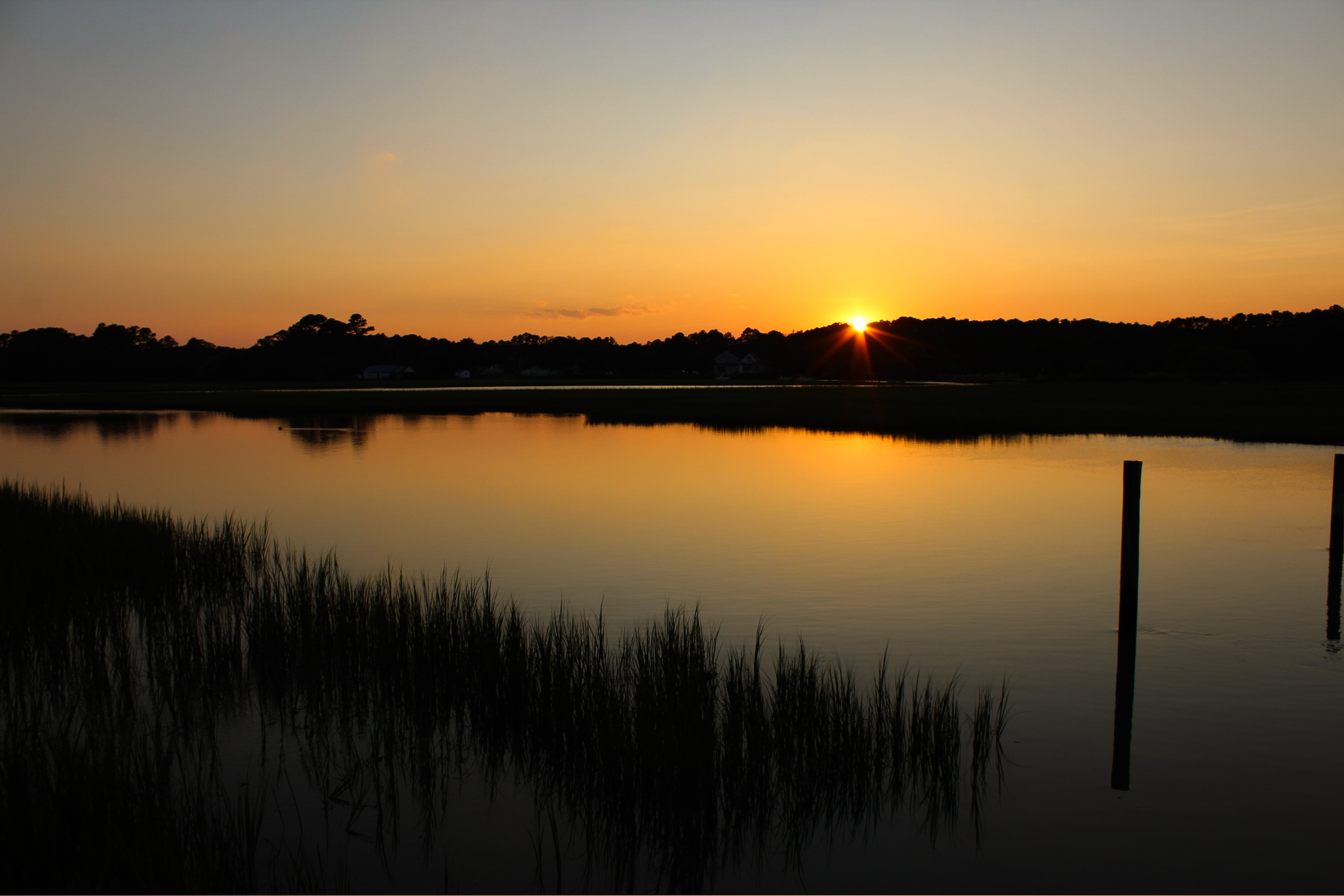
Credit: Paul Leoni, CC BY-SA 4.0.
Leaving the Dock, as told by Paul:
On the dock, I accepted the risk of changing directions yet again. Jess had challenged me to approach every click of the shutter button as an invitation for personal and professional discovery. I finished the summer and said farewell to the people and places that taught me the most unexpected thing about myself: that I belong.
Back in the Gedan Lab at George Washington University, I had taken on a data analysis project for my impending senior thesis. Once more, I felt the discomfort of trying to fit myself into the mold of what I thought science had to be. In the lab, I told Jess that traditional research was no longer my professional dream, to which they responded with a familiar message: leave the dock, take the plunge. Fueled by the boldness of this challenge, I asked my faculty advisor to change projects.
Now, I am designing graphical abstracts and conceptual figures for the lab’s publications and creating other science communication products through my own lens. With the help of mentors like Jess, my experiences in the Virginia Coast Reserve have laid a foundation of self-discovery in this young scientist.
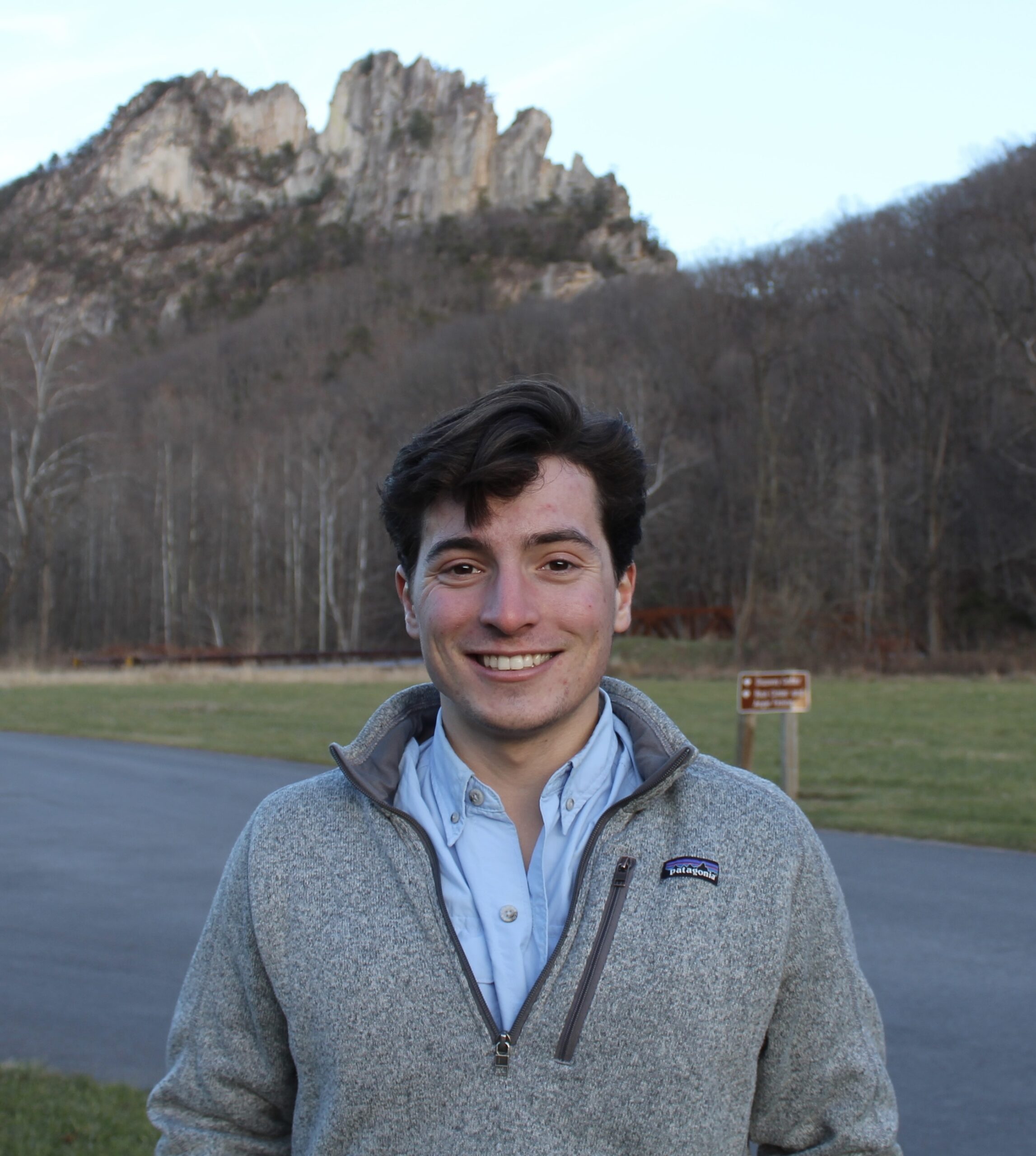
Paul Leoni (he/him) is an undergraduate junior at The George Washington University studying Environmental and Sustainability Science. He is a research volunteer in the Gedan Lab, where he designs graphic abstracts and conceptual figures for the lab’s ongoing publications and projects at the Virginia Coast Reserve LTER.
Jess Liu (they/them) is a research technician in Dr. Keryn Gedan’s lab at The George Washington University. They assist in projects investigating the transition of upland forests to marshes in the face of coastal sea level rise at the Virginia Coast Reserve LTER. See https://www.gedanlab.com/ for more information!
